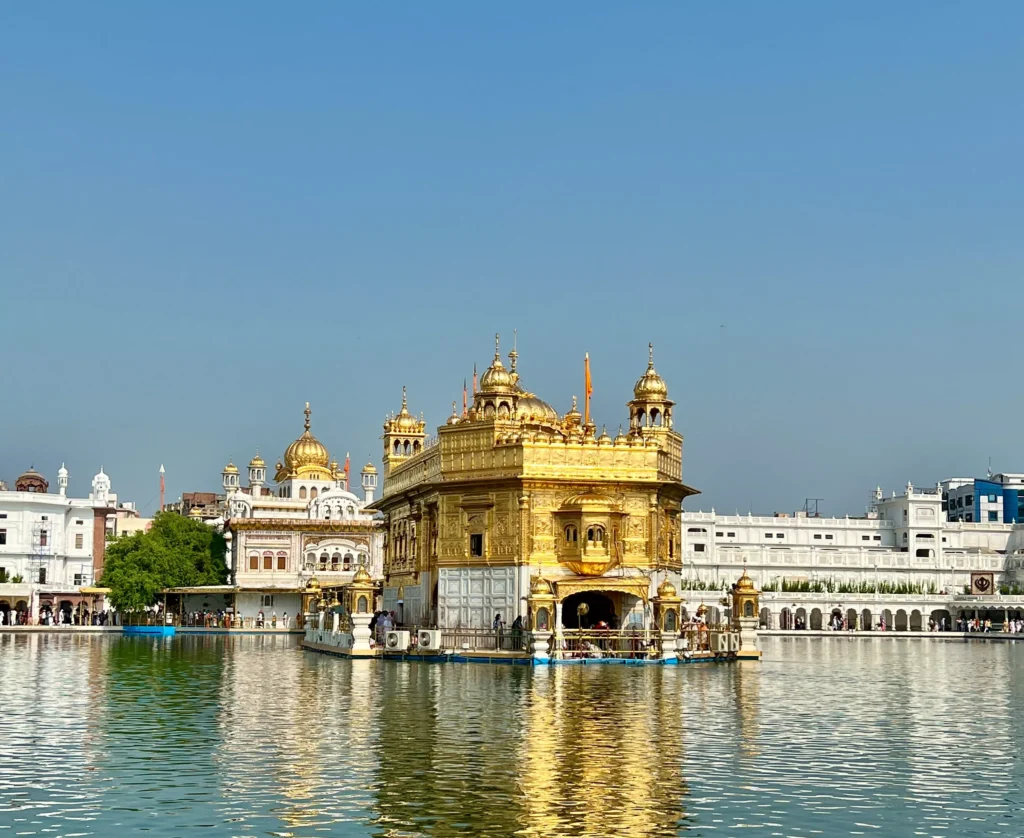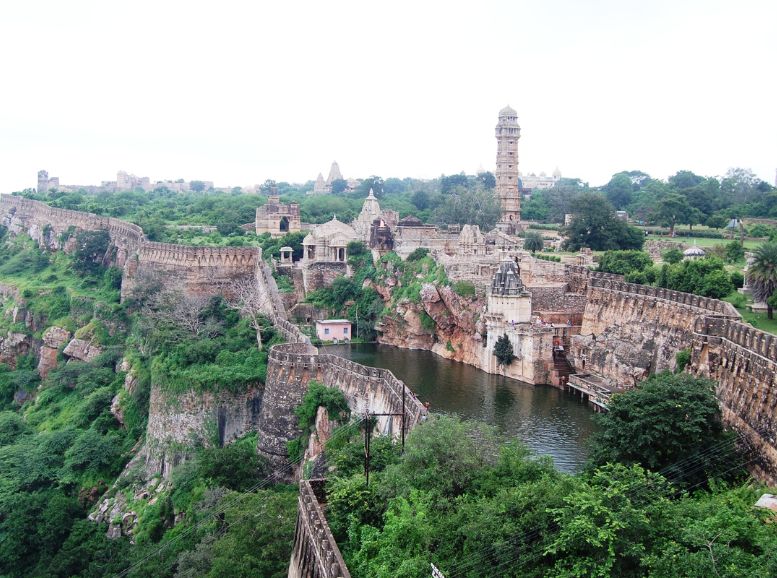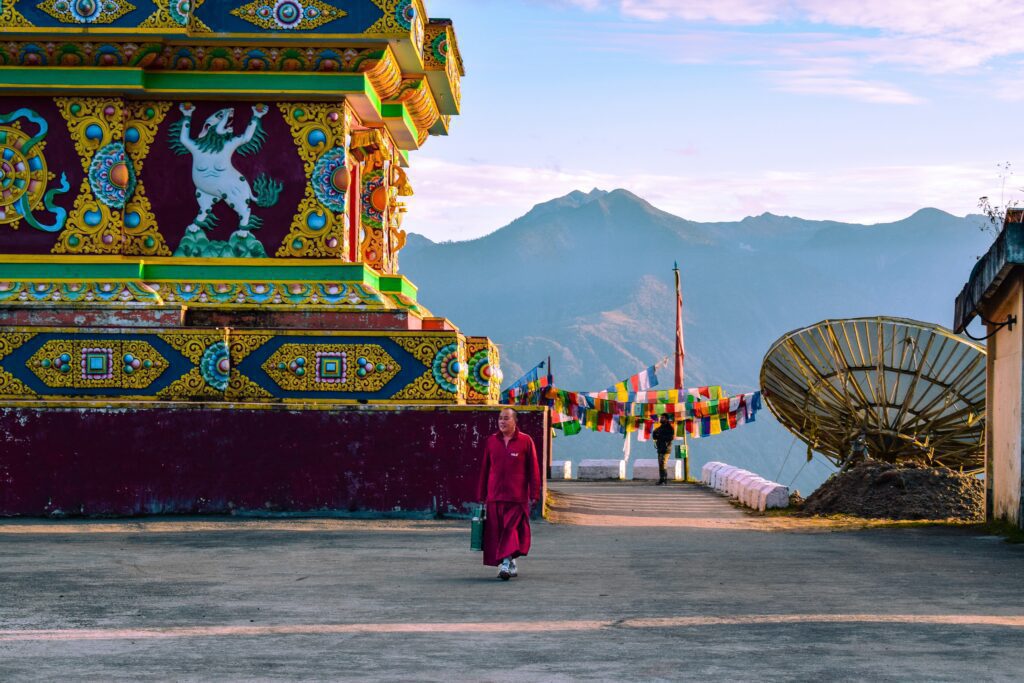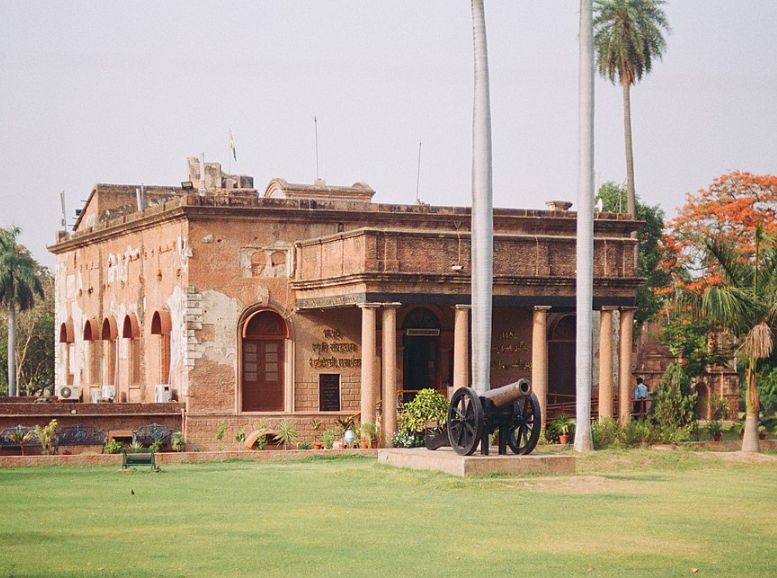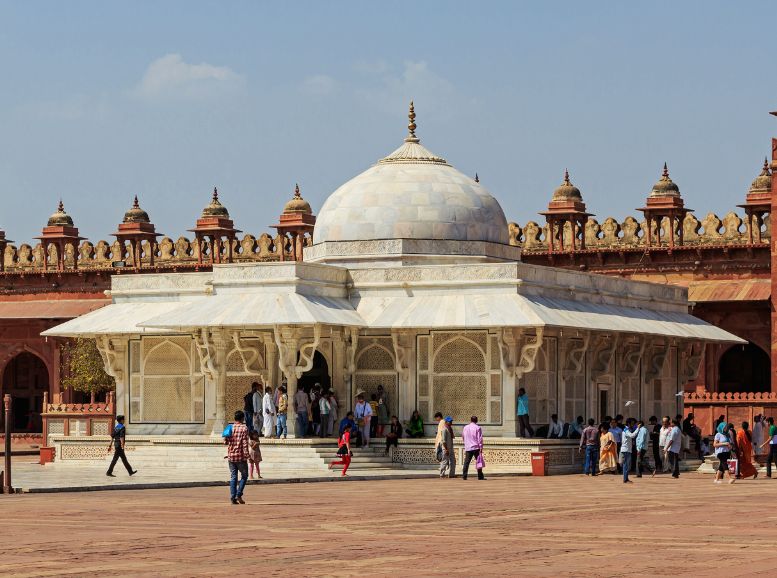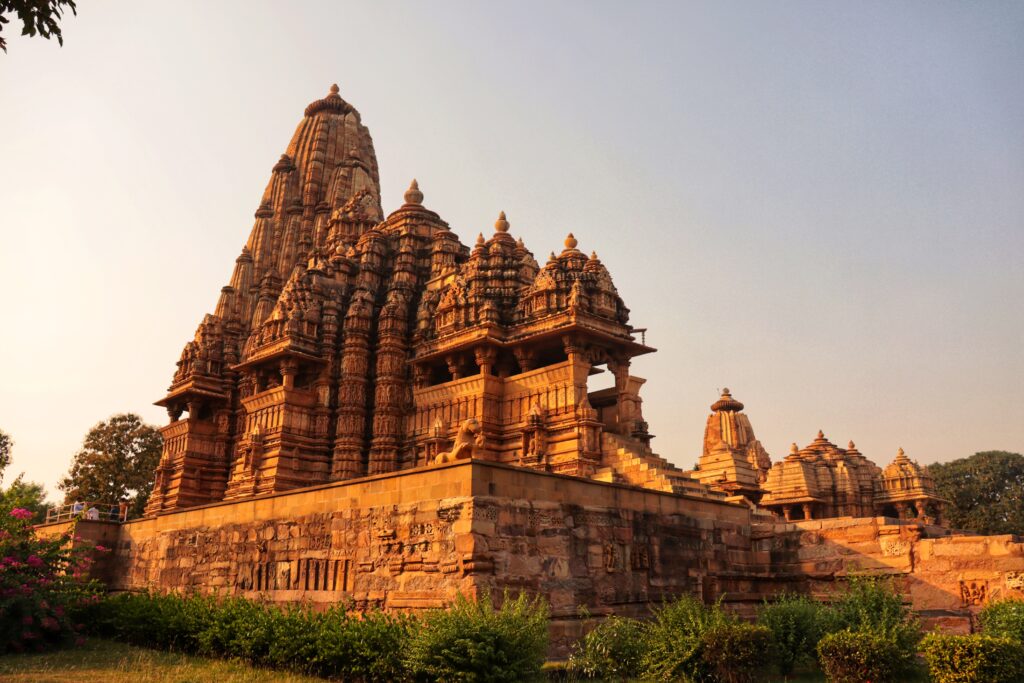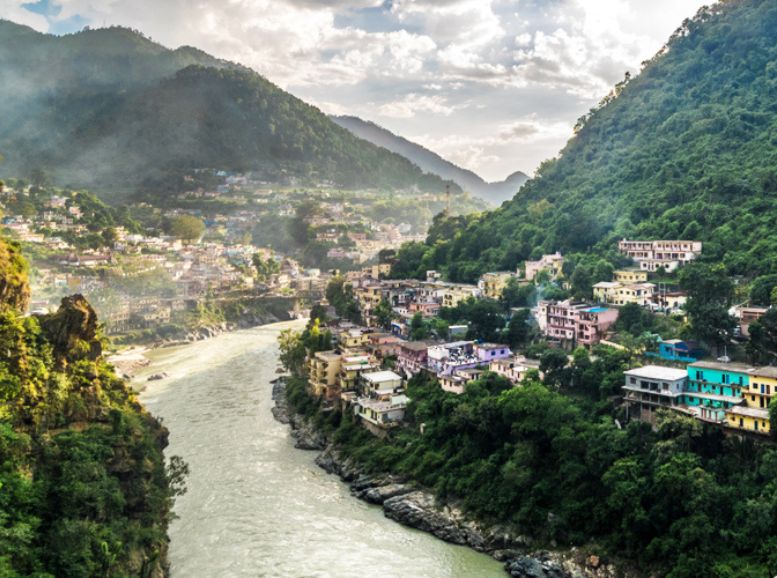Panjab Travel Guide: Picture this: the vibrant land of Punjab, where history resonates through every corner, and the warmth of its people embraces you. As you embark on a journey with Xplro, get ready to uncover the treasures of this culturally rich state in India, catering to all types of travelers—solo explorers, families, and those seeking unique experiences.
A Glimpse into Punjab travel guide:
The Panjab Travel Guide offers a peek into the wonders of India’s northern region, where history, culture, and friendly faces await. From the peaceful Golden Temple in Amritsar to the lively markets of Ludhiana, every city has its special vibe. Taste the delicious dishes of Punjabi cuisine, like butter chicken and sarson da saag, in cozy eateries. Explore the grand palaces of Patiala and the ancient sites of Anandpur Sahib, where you can feel the spirit of Sikhism. Enjoy the warm welcome from locals, who are always ready to share their traditions and festivals with you. Whether you’re seeking spiritual solace or joining in the fun of local celebrations, Panjab has something for everyone to enjoy.
How to Reach Punjab:
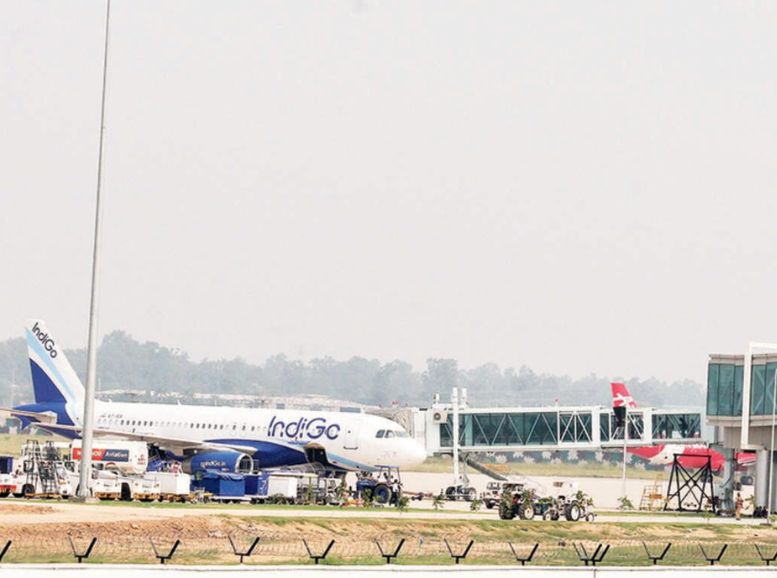

By Air: The state of Punjab is served by several airports, including Sri Guru Ram Dass Jee International Airport in Amritsar, Chandigarh International Airport, and Ludhiana Airport. These airports have domestic and international flights connecting Punjab to major cities in India and abroad. You can book a flight to any of these airports based on your destination within Punjab.
By Train: Punjab has an extensive railway network, and major cities like Amritsar, Ludhiana, and Jalandhar are well-connected by rail to other parts of the country. You can check the train schedules and book tickets through the Indian Railways website or visit a railway station to purchase tickets in person.
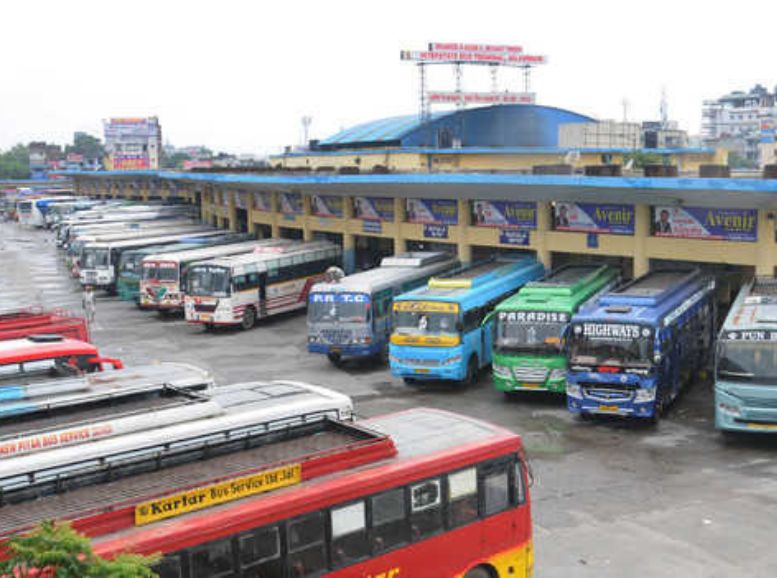

By Road: Punjab is well-connected to neighboring states by a network of national highways and state highways. You can reach Punjab by bus or car from cities like Delhi, Chandigarh, Jaipur, and others. State-run buses as well as private operators offer regular services to various destinations within Punjab.
By Bus: State-owned and private buses ply between Punjab and nearby states. You can take a bus from major cities like Delhi, Chandigarh, and Jaipur to reach various destinations in Punjab.
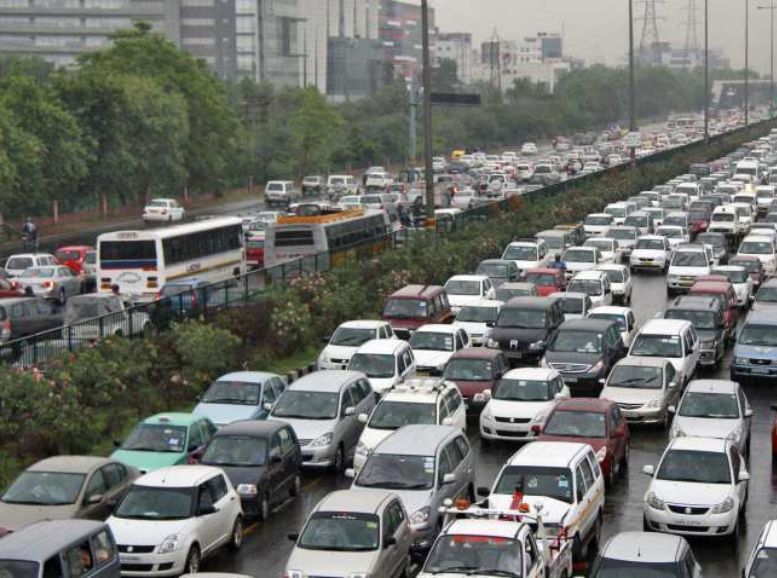

By Car: If you prefer to drive, you can reach Punjab by road via national highways and state highways. The road network is well-maintained, making it a convenient option for travelers with their own vehicles.
Before planning your trip, it’s advisable to check the current travel guidelines and any restrictions in place due to factors such as weather conditions, road construction, or public health concerns.
Best Time to Visit Punjab:
Punjab, the land of five rivers, welcomes visitors with open arms throughout the year. However, to truly experience its cultural vibrancy and natural beauty, Xplro Punjab travel guide suggests planning your trip between October and March.
Why is this period considered prime time?
- Pleasant temperatures: Bid farewell to the scorching summer heat and monsoon rains. Winter brings comfortable weather, with daytime temperatures ranging from 14°C to 26°C, making exploration a delight.
- Immerse in festivities: Witness the state come alive with vibrant colors as Punjab celebrates various festivals during this time. From Lohri’s bonfire celebrations to the playful colors of Holi, these cultural experiences offer a deeper connection to the region’s traditions.
- Unhindered exploration: Escape the limitations of sweltering summers and heavy monsoons. The pleasant weather allows you to freely explore historical sites, bustling cities, and picturesque landscapes without discomfort.
Planning your perfect Punjab adventure:
- Festival seeker? Time your trip around specific festivals like Lohri (January) or Holi (March) to witness the unique cultural tapestry firsthand.
- Prefer a quieter experience? Consider visiting in late March or early April when the crowds begin to recede, still enjoying the comfortable weather.
Must-See Attractions:
Golden Temple, Amritsar:
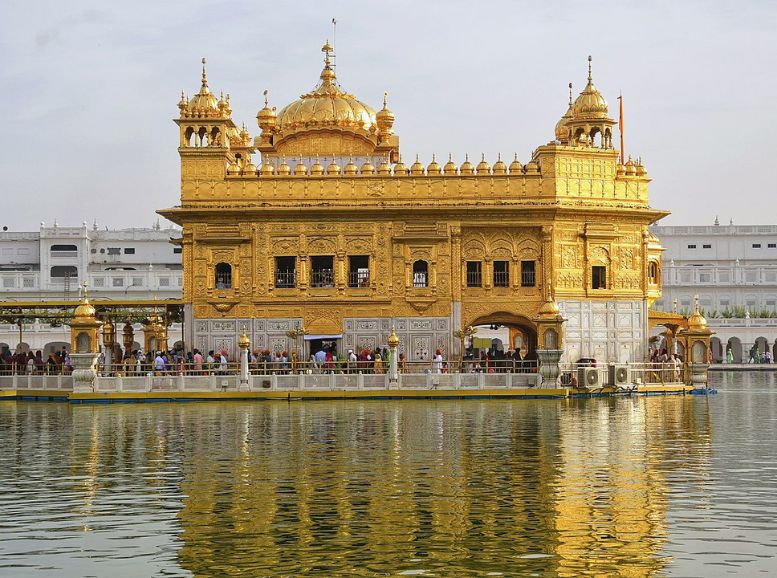

The Golden Temple, situated in the bustling city of Amritsar, stands as a radiant beacon of Sikh faith and universal harmony. Adorned with gleaming golden domes that reflect the sunlight, this sacred shrine captivates visitors with its awe-inspiring beauty and spiritual ambiance. Encircled by the tranquil waters of the Amrit Sarovar, or Pool of Nectar, the temple complex offers a serene sanctuary for pilgrims and seekers alike. At its heart lies the Guru Granth Sahib, the eternal Guru of Sikhism, revered by devotees who gather to pay homage and seek spiritual guidance. The Golden Temple’s renowned langar, or community kitchen, exemplifies the Sikh principles of equality and service, offering free meals to all regardless of background.
Jallianwala Bagh, Amritsar:
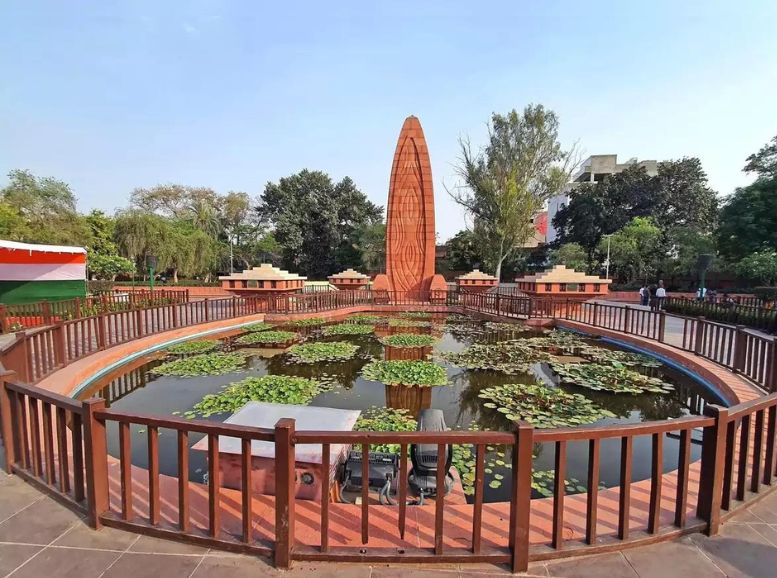

Jallianwala Bagh, nestled in the heart of Amritsar, stands as a solemn memorial to one of the darkest chapters in India’s struggle for independence. Enclosed by high walls, this serene garden witnessed the brutal massacre of unarmed civilians on April 13, 1919, under British colonial rule. The tragic event unfolded when British troops, under the command of Colonel Reginald Dyer, opened fire on a peaceful gathering of men, women, and children who had assembled to protest against oppressive laws.
Wagah Border:
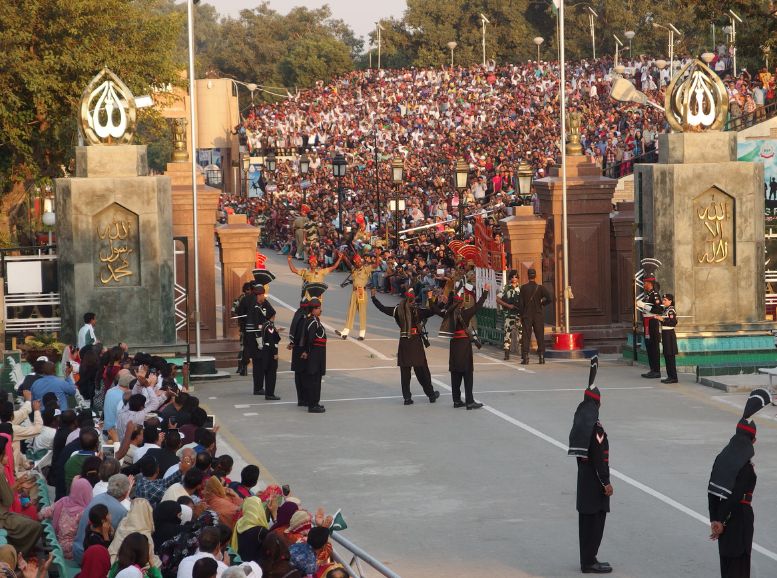

The Wagah Border, situated near Amritsar in Punjab, serves as a symbolic gateway between India and Pakistan, embodying both the tensions and the camaraderie between the two nations. Every evening, a vibrant ceremony known as the “Wagah Border Ceremony” takes place, attracting throngs of spectators from both sides who gather to witness the elaborate military drills, spirited patriotic displays, and the lowering of the national flags. The atmosphere is charged with energy and national pride as soldiers from both countries engage in synchronized movements and spirited competitions, culminating in a powerful display of unity and brotherhood despite historical conflicts and political differences.
Qila Mubarak:
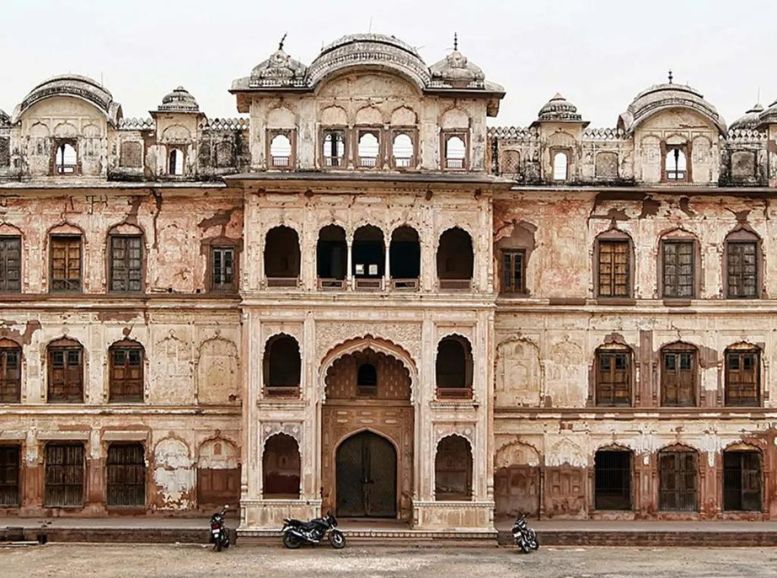

Qila Mubarak, located in the city of Bathinda, Punjab, is a historical marvel that stands as a testament to the region’s rich cultural heritage. Believed to have been founded by Raja Dab during the Kushan Empire, this ancient fort boasts a history dating back over 1,900 years. Over the centuries, it has witnessed the rise and fall of numerous dynasties, including the Rajputs, Mughals, and Sikhs, each leaving their mark on its architectural landscape. The fort’s imposing walls, intricate artwork, and strategic design reflect the military prowess and cultural sophistication of its builders. Within its precincts lie several remarkable structures, including the Quila Androon (Inner Fort), which served as a royal residence, and the Bahia Fort, an impressive bastion overlooking the surrounding landscape.
Sheesh Mahal, Patiala:
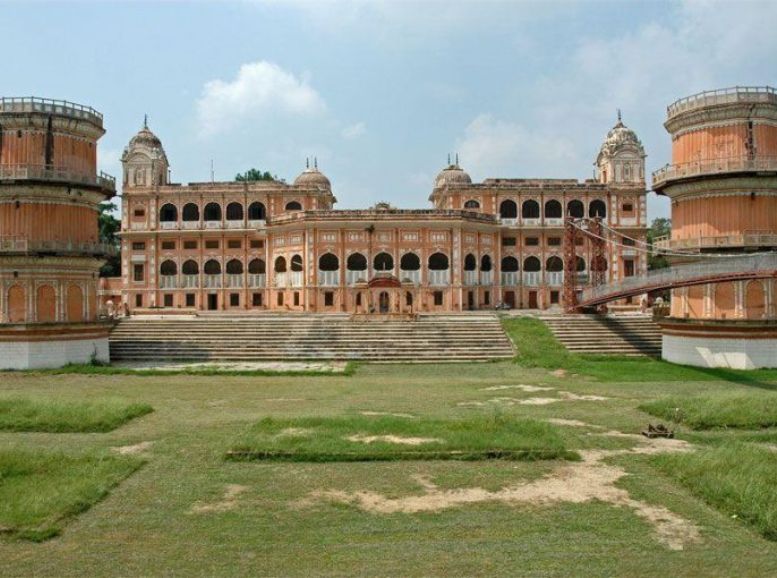

Sheesh Mahal, situated within the majestic Qila Mubarak complex in Patiala, Punjab, is a splendid architectural gem renowned for its intricate mirror work and exquisite craftsmanship. Constructed during the reign of Maharaja Narinder Singh in the 19th century, this dazzling palace captivates visitors with its opulent interiors adorned with thousands of tiny reflective pieces, creating a mesmerizing kaleidoscope of light and color. The Sheesh Mahal served as a royal residence and a venue for grand celebrations, where the Maharaja entertained dignitaries and guests in lavish style. Today, it stands as a cherished heritage site, offering a glimpse into the grandeur and elegance of Punjab’s royal past.
Akal Takht, Amritsar:
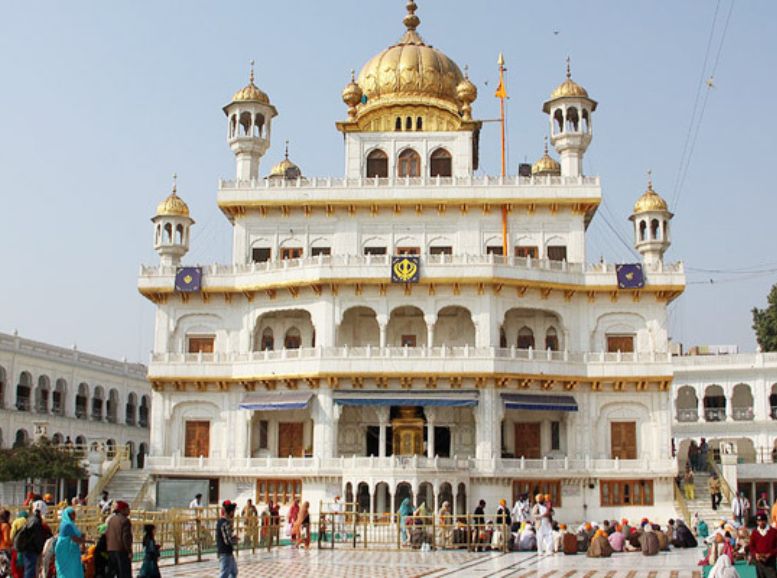

Located within the revered Golden Temple complex, the Akal Takht stands as a symbol of temporal authority and spiritual sovereignty in Sikhism. As one of the five Takhts or seats of power, it holds immense significance for Sikhs worldwide, serving as a platform for addressing matters of religious, social, and political importance. The Akal Takht commands respect and reverence, embodying the principles of justice, equality, and righteous governance upheld by the Sikh Gurus. Visitors to Amritsar often pay homage to this sacred institution, seeking spiritual guidance and inspiration from its hallowed halls.
Anandpur Sahib:
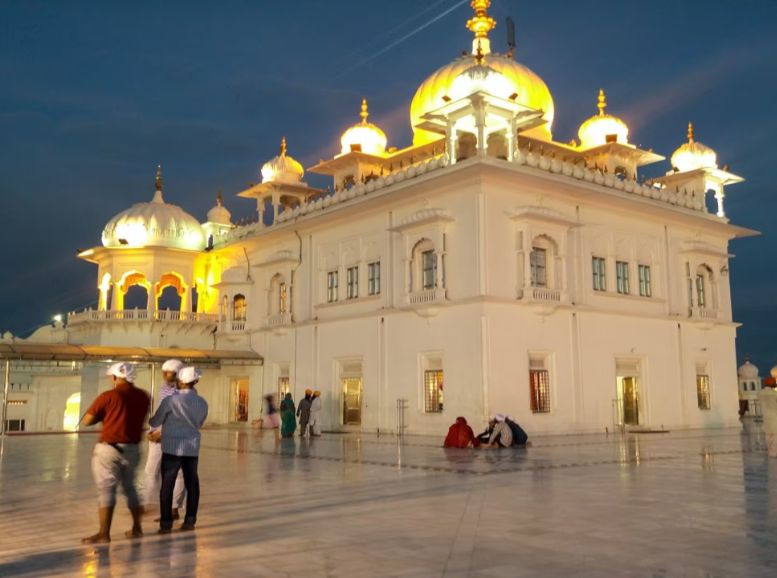

Anandpur Sahib, the “City of Bliss,” holds profound religious significance as the birthplace of the Khalsa Panth, the order of baptized Sikhs. This historic city in Punjab is home to several revered Sikh shrines, including the Takht Sri Kesgarh Sahib and the Gurdwara Sis Ganj Sahib. Anandpur Sahib also hosts the vibrant Hola Mohalla festival, where Sikhs gather to display their martial skills, engage in spirited competitions, and reaffirm their commitment to the Khalsa principles.
Ranjit Sagar Dam, Pathankot:
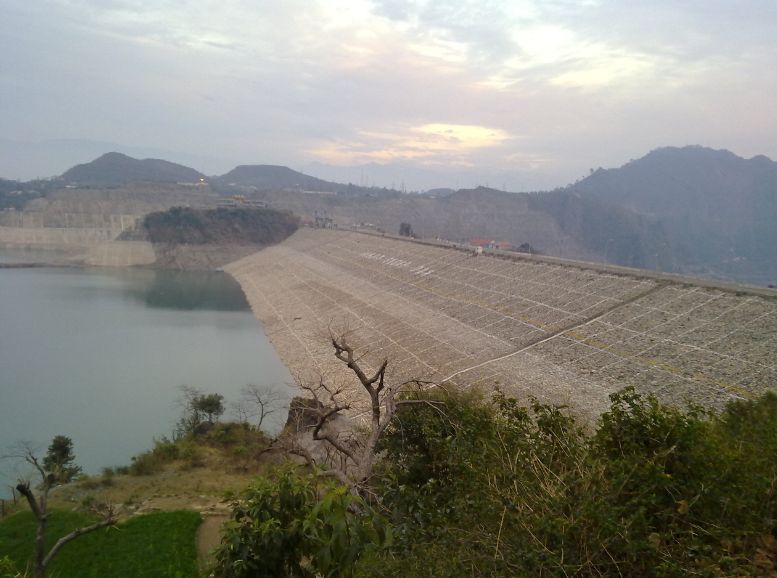

The Ranjit Sagar Dam, also known as the Thein Dam, is a colossal hydroelectric dam spanning the Ravi River near Pathankot. Built to harness the river’s water resources for irrigation and power generation, this engineering marvel serves as a lifeline for the agricultural economy of Punjab. The vast reservoir created by the dam offers scenic views of the surrounding hills and provides opportunities for boating, fishing, and picnicking along its shores. Visitors can marvel at the sheer magnitude of the dam and witness the synergy between nature and technology in sustaining Punjab’s prosperity.
Virasat-e-Khalsa, Anandpur Sahib:
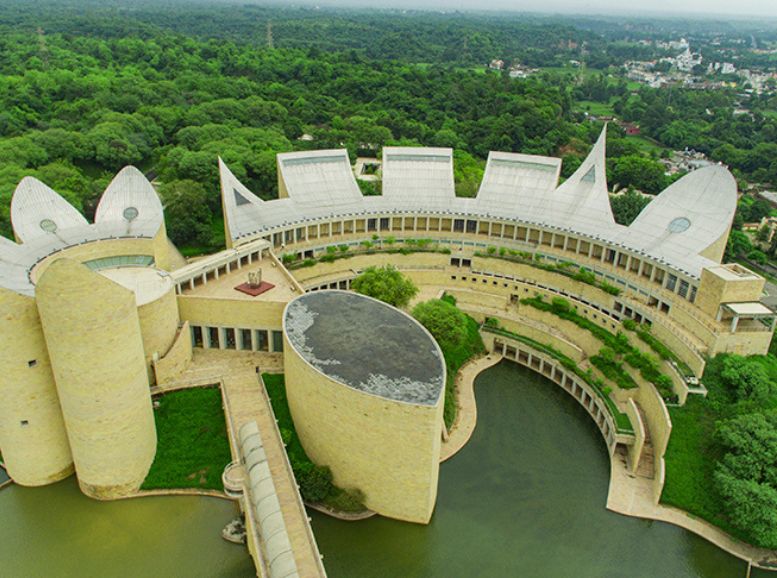

Virasat-e-Khalsa, also known as the Khalsa Heritage Complex, is a state-of-the-art museum dedicated to showcasing the rich history, culture, and traditions of Sikhism. Located in Anandpur Sahib, the birthplace of the Khalsa Panth, this architectural masterpiece narrates the epic journey of Sikhism through immersive exhibits, multimedia presentations, and interactive displays. Visitors embark on a transformative journey, from the birth of Sikhism under Guru Nanak Dev Ji to the valorous deeds of the Khalsa warriors led by Guru Gobind Singh Ji.
Pul Kanjri, Amritsar:
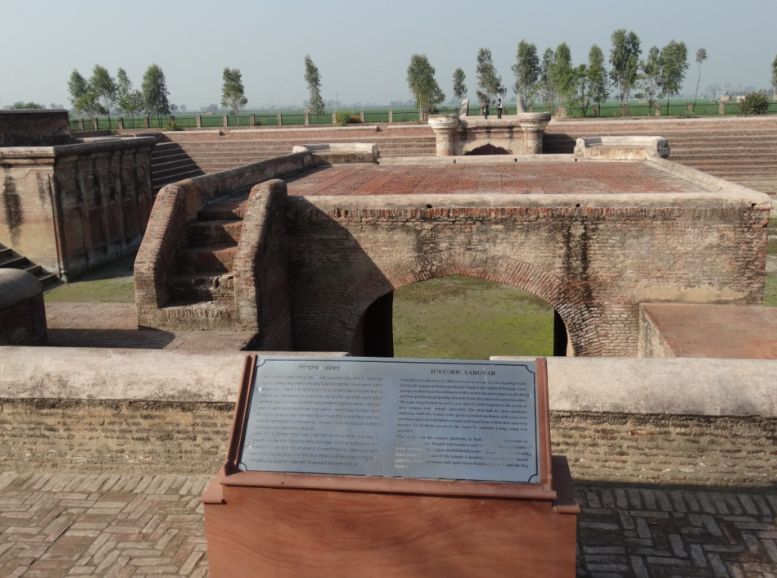

Pul Kanjri is a historic site located on the outskirts of Amritsar, immortalizing the legacy of Maharaja Ranjit Singh, the Lion of Punjab. This picturesque complex features a beautifully preserved monument, an ancient water reservoir, and lush gardens adorned with ornamental fountains. Pul Kanjri holds historical significance as a rest stop for travelers and traders crossing the Beas River, as well as a retreat for Maharaja Ranjit Singh during his military campaigns. Visitors are enchanted by the tranquil ambiance of Pul Kanjri, which transports them to a bygone era of royal splendor and cultural vibrancy.
Maharaja Ranjit Singh Museum, Amritsar:
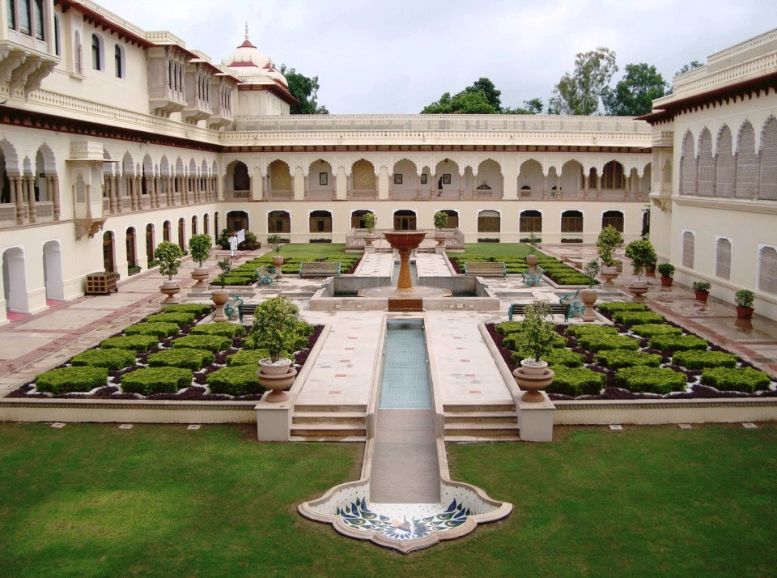

The Maharaja Ranjit Singh Museum in Amritsar is a treasure trove of artifacts and memorabilia that chronicle the life and reign of Maharaja Ranjit Singh, the founder of the Sikh Empire. Housed within the majestic Ram Bagh Palace, the museum showcases a remarkable collection of paintings, weapons, coins, and personal belongings of the legendary ruler. Visitors can immerse themselves in the history and legacy of Maharaja Ranjit Singh, gaining insights into his military prowess, administrative acumen, and patronage of the arts.
Gobindgarh Fort, Amritsar:
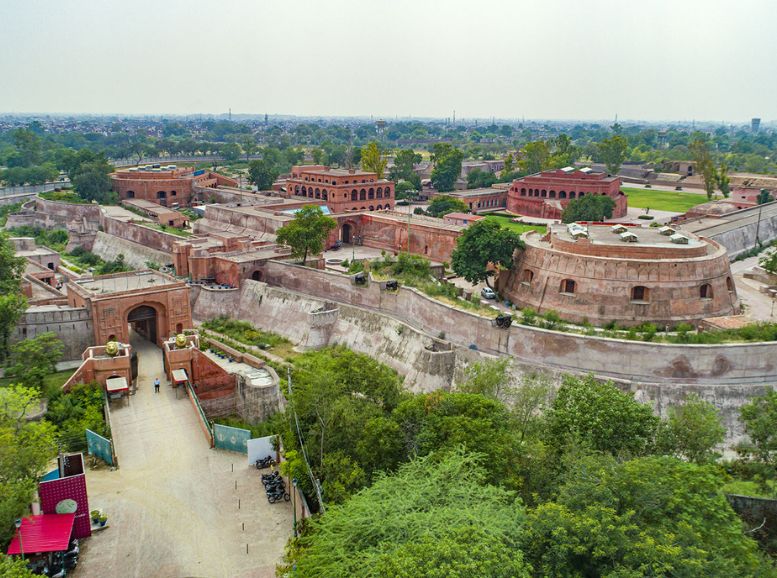

Gobindgarh Fort, located in the heart of Amritsar, is a historic fortress that has witnessed centuries of Punjab’s tumultuous history. Originally built by Maharaja Gujjar Singh in the 18th century, the fort was later renovated and strengthened by Maharaja Ranjit Singh. Today, it stands as a symbol of Punjab’s resilience and cultural heritage, offering visitors a glimpse into its storied past through museums, exhibitions, and sound and light shows. The fort’s imposing ramparts, majestic gates, and well-preserved structures transport visitors to a bygone era of valor, chivalry, and grandeur.
Rock Garden, Chandigarh:
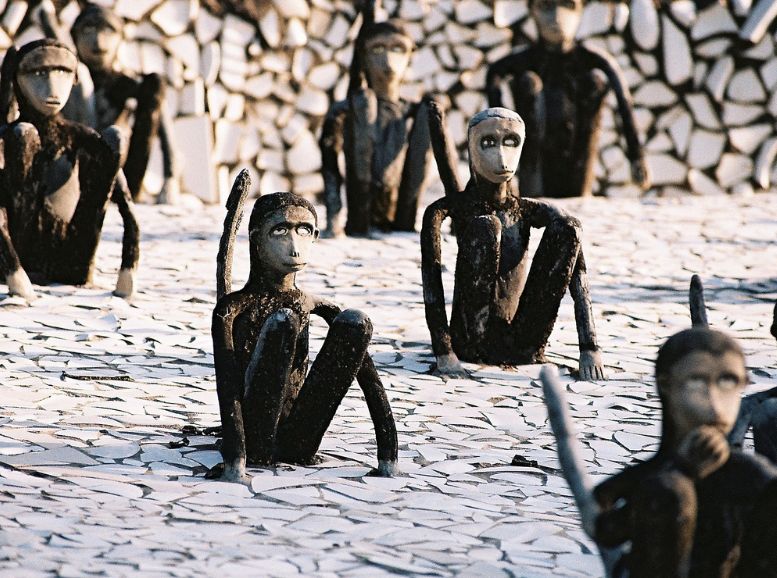

The Rock Garden of Chandigarh is a captivating sculpture garden created by the visionary artist Nek Chand. Spanning over 40 acres, the garden is a whimsical wonderland adorned with thousands of sculptures made from recycled materials such as broken bangles, tiles, and discarded ceramics. Visitors can wander through labyrinthine pathways, marvel at the intricate artworks, and discover hidden alcoves, waterfalls, and amphitheaters within this surreal landscape. The Rock Garden is a testament to human creativity.
Sukhna Lake, Chandigarh:
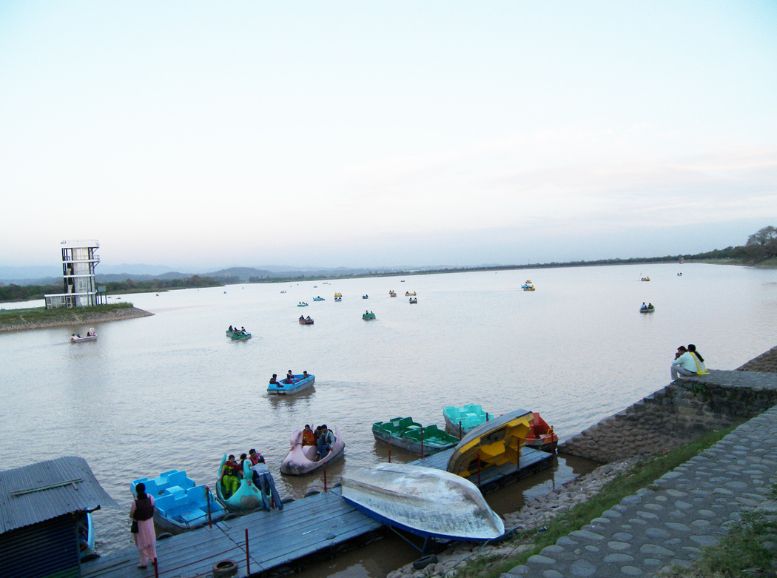

Sukhna Lake is a tranquil oasis nestled at the foothills of the Shivalik range in Chandigarh. Created by damming the Sukhna Choe stream, the lake offers a serene escape from the hustle and bustle of city life, with its scenic surroundings and calming waters. Visitors can enjoy leisurely strolls along the promenade, indulge in boating and water sports, or simply relax on the lush green lawns while soaking in the panoramic views of the lake and the distant hills. Sukhna Lake is not just a recreational hub but also a cherished landmark that epitomizes Chandigarh’s harmonious blend of nature and urban planning.
Rose Garden, Chandigarh:
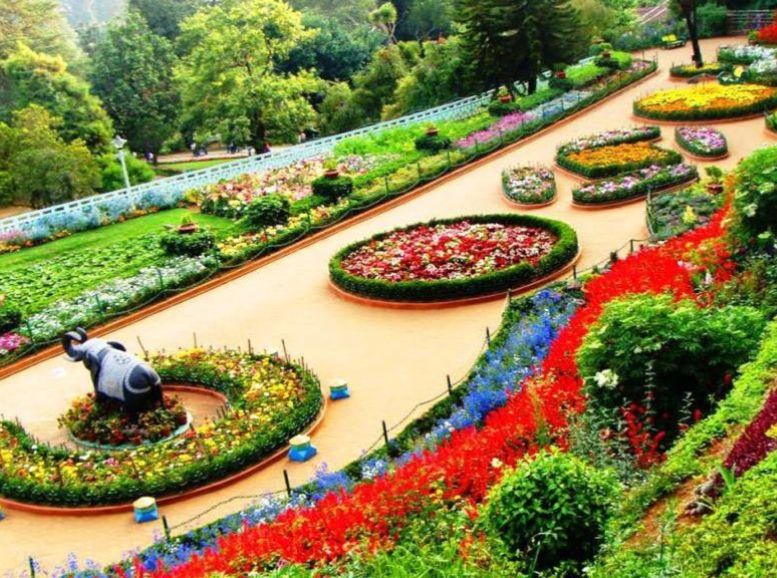

The Zakir Hussain Rose Garden, popularly known as the Rose Garden, is a botanical paradise spread across 30 acres in Chandigarh. Home to over 1,600 varieties of roses, it is Asia’s largest rose garden and a delight for nature lovers and photography enthusiasts alike. Visitors can stroll through manicured pathways, marvel at the vibrant colors and fragrant blooms, and unwind amidst the serene ambiance of this floral haven. The annual Rose Festival, held in February, attracts thousands of visitors who come to admire the exquisite roses, participate in cultural events, and celebrate the beauty of nature.
Harike Wetland and Bird Sanctuary, Ferozepur:
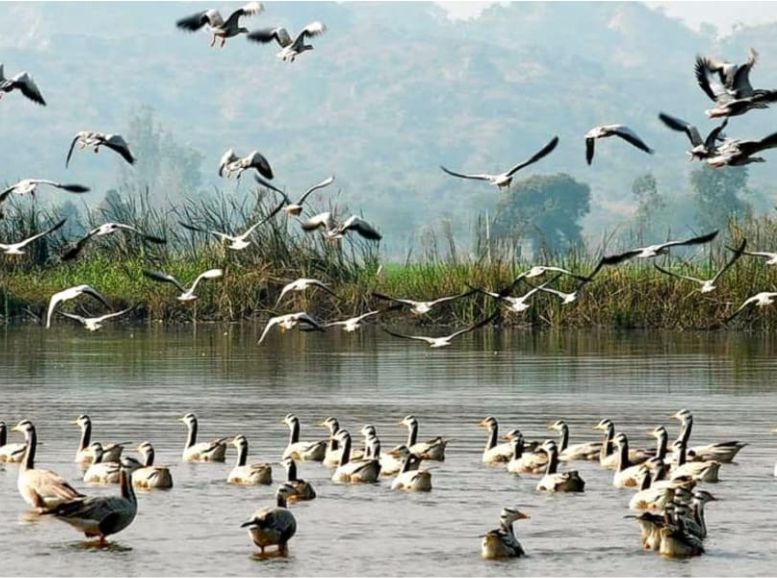

Harike Wetland and Bird Sanctuary, located near Ferozepur in Punjab, is a sprawling expanse of marshes, lakes, and riverine forests that serves as a crucial habitat for migratory birds and aquatic species. As one of the largest wetlands in northern India, it attracts birdwatchers and nature enthusiasts from around the world, offering opportunities to spot a wide variety of avian species, including migratory birds like the Siberian crane, bar-headed goose, and common teal. Visitors can explore the sanctuary through boat rides, nature trails, and observation towers, immersing themselves in the tranquility of nature while marveling at the rich biodiversity of the wetlands.
Tarn Taran Sahib:
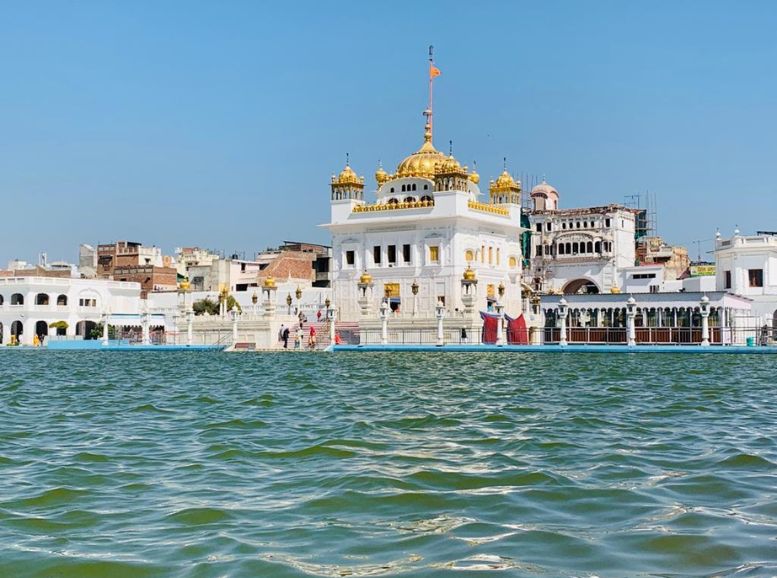

Tarn Taran Sahib is a sacred Sikh pilgrimage site located in the Tarn Taran district of Punjab, renowned for its historic gurdwara and holy sarovar (pond). The gurdwara, known as Gurdwara Sri Tarn Taran Sahib, was constructed by Guru Arjan Dev Ji, the fifth Sikh Guru, and is revered for its architectural beauty and spiritual significance. Pilgrims visit the gurdwara to pay their respects, participate in religious ceremonies, and take a dip in the sarovar, believed to possess healing properties. Tarn Taran Sahib is a place of solace and devotion, where visitors can experience the timeless traditions and profound spirituality of Sikhism.
Rambagh Palace, Amritsar:
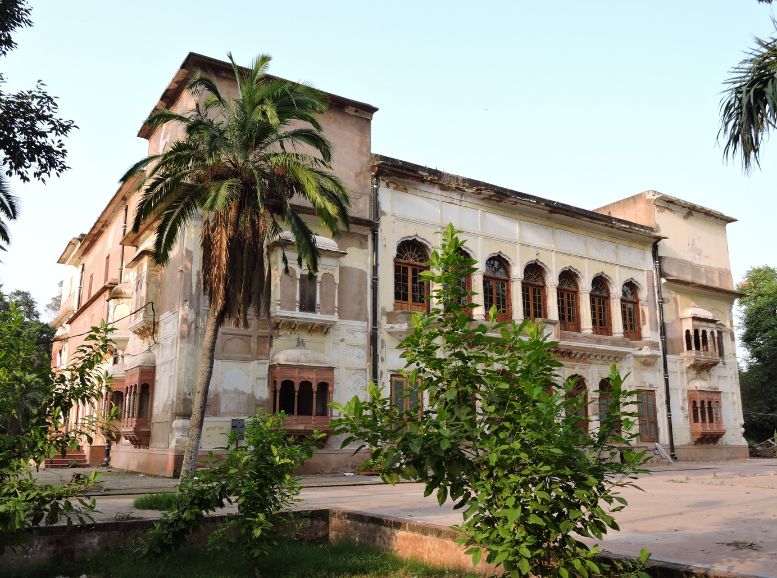

Rambagh Palace is a magnificent heritage hotel located in the heart of Amritsar, originally built as a royal residence for the Maharaja of Bahawalpur in the 19th century. Set amidst lush gardens and manicured lawns, the palace exudes grandeur and opulence, with its palatial architecture, ornate interiors, and regal furnishings. Today, it offers guests a luxurious retreat steeped in history and heritage, with elegantly appointed rooms, world-class amenities, and warm hospitality. Rambagh Palace is not just a hotel but a living testament to Punjab’s royal legacy, where guests can experience the splendor and romance of a Royal Life.
Mata Lal Devi Temple, Amritsar:
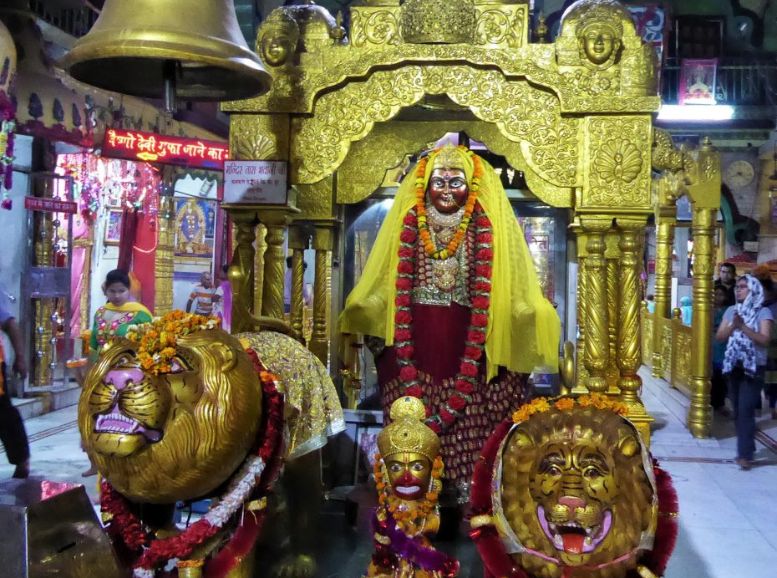

Mata Lal Devi Temple is a vibrant Hindu temple located in the bustling city of Amritsar, dedicated to the goddess Lal Devi. Known for its colorful architecture, intricate carvings, and spiritual ambiance, the temple attracts devotees seeking blessings for prosperity, health, and happiness. The temple complex features ornate shrines, prayer halls, and a sacred pond, where devotees offer prayers and perform rituals to the divine mother. Mata Lal Devi Temple is not just a place of worship but a cultural landmark that celebrates the rich tapestry of faith and devotion in Punjab.
Pushpa Gujral Science City, Kapurthala:


Pushpa Gujral Science City is a dynamic science museum and educational center located in Kapurthala, Punjab, dedicated to promoting scientific knowledge and innovation. Spread across sprawling grounds, the science city features interactive exhibits, hands-on experiments, and multimedia presentations that engage visitors of all ages in the wonders of science and technology. From exploring the mysteries of the universe in the planetarium to unraveling the secrets of nature in the biodiversity park, visitors embark on a journey of discovery and exploration. Pushpa Gujral Science City is a hub of learning and creativity, inspiring curiosity and imagination in the minds of future scientists and innovators.
Beyond Sightseeing:


- Village Homestay Experience: Immerse yourself in rural Punjab life, a unique opportunity to connect with the heart of the state.
- Heritage Walks in Patiala: Explore the city’s regal past through guided heritage walks, discovering hidden gems along the way.
Foodie Delights:
Punjab’s culinary journey is a treat for the taste buds, with its rich flavors and aromatic spices.
XPLRO Punjab Travel Guide Best Picks:


- Sarson da Saag with Makki di Roti: A quintessential Punjabi delight, this dish blends mustard greens with cornflour bread for a hearty meal.
- Amritsari Kulcha: Stuffed with spiced potatoes and cooked in a traditional tandoor, these flatbreads are a culinary masterpiece.
Must-Try Local Experiences:
- Street Food Extravaganza: Dive into the streets for an authentic taste of Punjab’s chaat, kebabs, and lassi.
- Cooking Demonstration at Bebe Da Dhaba: Learn the art of Punjabi cooking from local experts, infusing your trip with a flavorful experience.
Panjab Travel Guide, Travel Tips:
Budgeting: Manage expenses wisely by exploring affordable accommodation, savoring local street food, and taking advantage of bundled travel packages.
Packing Essentials: Pack according to the season, ensuring comfortable clothing for exploring historical sites and perhaps a traditional Punjabi suit for an immersive experience.
Safety Considerations: Prioritize health with safe food choices, adhere to hygiene practices, and be mindful of local customs to ensure a trouble-free family trip.
Options for Different Travelers: Solo explorers can delve into the state’s rich history, while families can enjoy a blend of historical wonders and kid-friendly activities. Adventurous souls can partake in local experiences that add a unique flavor to their journey.
here are some official government websites related to travel in Punjab, India:
- Punjab Tourism Official Website: https://www.punjabtourism.gov.in/
- Punjab Heritage and Tourism Promotion Board: https://punjabheritage.gov.in/
- Punjab Government Official Website: https://punjab.gov.in/
- Punjab Tourism Development Corporation: http://punjabtourism.gov.in/ptdc/
- Punjab State Roadways Transport Corporation: http://www.punjabroadways.com/
Conclusion
As the colors of Punjab fade into your memory, you’ll cherish the laughter, the taste of authentic cuisine, and the rich history that embraced you. Punjab, with its welcoming spirit, proves to be an ideal destination for families seeking a perfect blend of tradition and modernity.
In the words of Guru Nanak, “He who has no faith in himself can never have faith in God.” Embrace Punjab’s faith, history, and culture as you plan your unforgettable journey.
So Ready to explore Punjab? Pack your bags, immerse yourself in the tapestry of this vibrant state, and let the journey unfold. Hope Panjab Travel Guide helps you to plan your travel. Visit Xplro.com to plan your next adventure!
FAQs
1. What is the capital of Punjab?
The capital of Punjab is Chandigarh. It serves as a union territory and is also the capital of Haryana.
2. What is the official language of Punjab?
The official language of Punjab is Punjabi. Hindi and English are also widely spoken and understood.
3. What are the major cities in Punjab?
Major cities in Punjab include Amritsar, Ludhiana, Jalandhar, Patiala, Bathinda, Mohali, and Pathankot.
4. What is Punjab famous for?
Punjab is renowned for its rich cultural heritage, vibrant festivals, agricultural prosperity, and mouthwatering cuisine. It’s also known for its religious significance, with prominent Sikh pilgrimage sites such as the Golden Temple in Amritsar.
5. What are the main festivals celebrated in Punjab?
Some of the main festivals celebrated in Punjab include Baisakhi, Diwali, Lohri, Gurpurab (birth anniversary of Sikh Gurus), and Hola Mohalla.
6. What is the traditional attire of Punjab?
The traditional attire for men in Punjab is the kurta-pajama or kurta-dhoti, often paired with a turban. Women typically wear the salwar kameez or Punjabi suit, along with colorful dupattas and traditional jewelry.
7. What is the significance of the Golden Temple in Amritsar?
The Golden Temple, also known as Harmandir Sahib, is the holiest shrine of Sikhism. It’s a symbol of spiritual and communal unity, welcoming people from all walks of life to its sacred precincts.
8. What are some popular dishes of Punjabi cuisine?
Popular dishes of Punjabi cuisine include sarson da saag with makki di roti, butter chicken, Amritsari kulcha, chole bhature, paneer tikka, and lassi.
9. What are the major industries in Punjab?
Agriculture is the backbone of Punjab’s economy, with the state being known as the “Granary of India” due to its high agricultural productivity. Other industries include textiles, manufacturing, and pharmaceuticals.
10. Is Punjab safe for tourists?
Yes, Punjab is generally considered safe for tourists. However, as with any destination, it’s advisable to exercise caution and follow common-sense safety measures while traveling.
